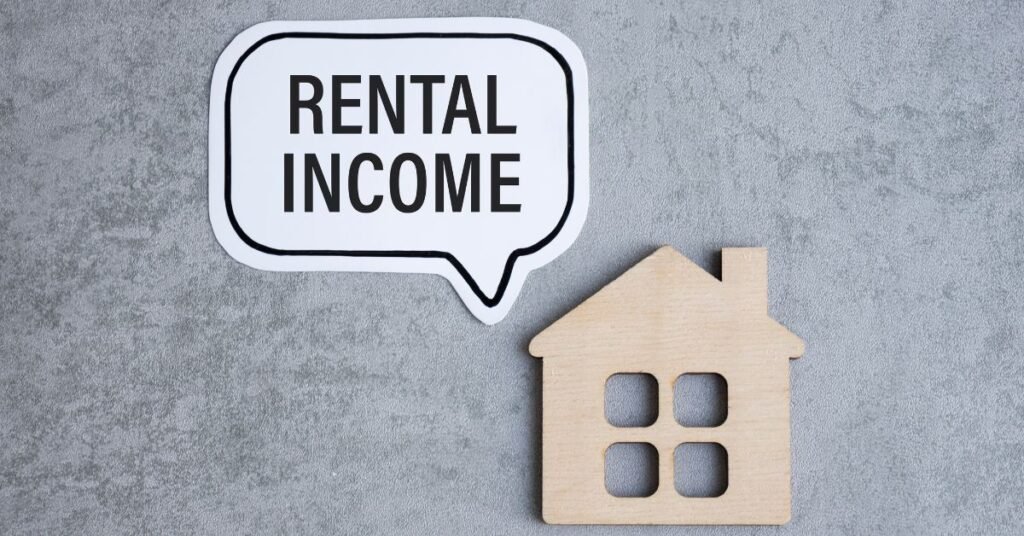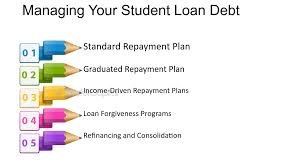
Investing in rental property can be a game-changer for your financial future—but only if you know how to evaluate the right one. The first time I bought a rental, I made the rookie mistake of relying solely on how nice the place looked. I didn’t factor in all the expenses, and my returns were underwhelming. Since then, I’ve learned how to properly analyze a property, and now I won’t touch a deal without going through this five-step process.
Here’s how you can evaluate a property for rental income, whether you’re a first-time investor or looking to expand your portfolio.
Step 1: Estimate the Monthly Rental Income
Start by researching the market. Use tools like Zillow, Rentometer, or Facebook Marketplace to find similar rental listings in the same neighborhood. Focus on properties with comparable size, condition, and amenities.
Personal Tip: When I found my second rental, I noticed similar units were renting for about $1,800/month. That gave me a baseline expectation to move forward confidently.
Step 2: Calculate All Expenses
Owning a rental isn’t just about collecting rent. Factor in all monthly and annual expenses:
- Mortgage (principal & interest)
- Property taxes
- Insurance
- Property management fees (if applicable)
- HOA fees
- Maintenance and repairs
- Vacancy allowance (usually 5-10%)
Personal Tip: I once forgot to include HOA fees in my calculations—it ate into my profits significantly. Don’t overlook recurring costs.
Step 3: Run the 1% Rule and Cash Flow Formula
The 1% Rule says the monthly rent should be at least 1% of the purchase price. For example, a $200,000 home should ideally rent for $2,000/month. This is a quick filter—not a deal-breaker, but a good guideline.
Cash Flow Formula:
Cash Flow = Monthly Rental Income - Monthly ExpensesIf the result is positive, you’re in the green. If it’s negative, think twice.
Personal Tip: My third property passed the 1% rule and projected a $350 monthly cash flow. It turned out to be one of my best investments yet.
Step 4: Determine ROI and Cap Rate
Return on Investment (ROI):
ROI = (Annual Cash Flow / Total Investment) x 100Total investment includes down payment, closing costs, and any initial repairs or upgrades.
Capitalization Rate (Cap Rate):
Cap Rate = (Net Operating Income / Property Price) x 100A good cap rate varies by market but typically falls between 5% and 10%.
Personal Tip: I use ROI to see if the return beats other potential investments. For example, one property gave me an 11% ROI—far better than my old mutual fund.
Step 5: Consider the Bigger Picture
Think about long-term appreciation, neighborhood development, tenant quality, and how this property fits your portfolio.
- Is the area growing?
- Are there new businesses or infrastructure projects?
- Will it attract reliable tenants?
Personal Tip: I bought a fixer-upper near a new light rail extension. It required a little extra work upfront, but now the neighborhood is booming—and so is my equity.
Final Thoughts
Analyzing a rental property isn’t just about spreadsheets—it’s about asking the right questions and planning for both best- and worst-case scenarios. These five steps help ensure you’re not just buying a property, but a profitable investment.
Whether you’re looking for monthly cash flow or long-term growth, taking the time to analyze each opportunity thoroughly is what separates the good investors from the great ones.
Happy investing!






